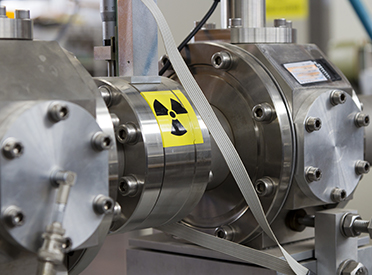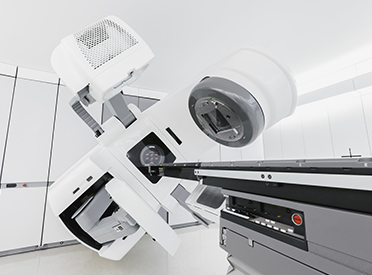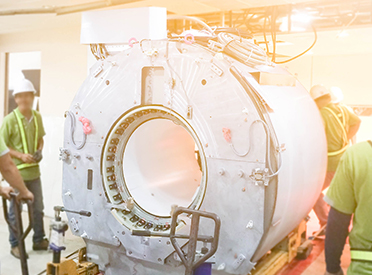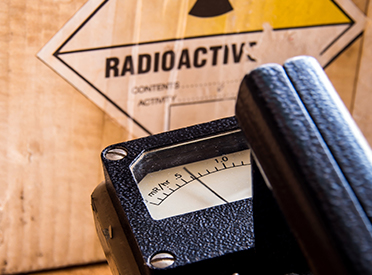Overview
Research in MIT labs may require the use of ionizing and non-ionizing sources. The Radiation Protection Program (RPP) has established safety programs for the safe and compliant use of these sources. The RPP has assembled a dedicated team of radiation safety subject matter experts in the safe handling/use of radioactive material, accelerators, gamma irradiators, x-ray machines, lasers, RF sources, and magnets. Our focus is to collaborate with the Departments, Labs, and Centers (DLCs) to establish protocols and guidelines to keep our researchers safe and to comply with governmental regulations. We welcome the opportunity to work with you.
The RPP receives its authority from the MIT Committee on Radiation Protection (RPC), a presidential appointed group of faculty, post-docs, graduate students, and administrators that are responsible for radiation safety at the institute. As a Standing Institute Committee reporting to the Vice President for Research, the Committee on Radiation Protection (RPC) is responsible for establishing, maintaining and advancing a radiation protection program at the Institute and its off-campus sites. The RPC reviews and approves all uses of ionizing and non-ionizing radiation sources through a system of authorization/registration programs, risk assessments, and monitoring programs managed by the Radiation Protection Program (RPP). The RPC is also responsible for Institute compliance with radiation protection regulations and standards promulgated by local, state and federal agencies, and with the conditions of approval noted in the Institute’s government-issued licenses. Within these parameters, the RPC works with students, staff and faculty to facilitate research projects using radiation sources of all types. The requirements of the RPC are delineated in the Required Procedures for Radiation Protection.
All uses of ionizing and non-ionizing sources require some form of registration of the work, hazard assessments, inventories, operating procedures, and training (classroom and lab-specific). Please explore our website to determine the requirements for your research and the radiation protection services we can provide to you.






